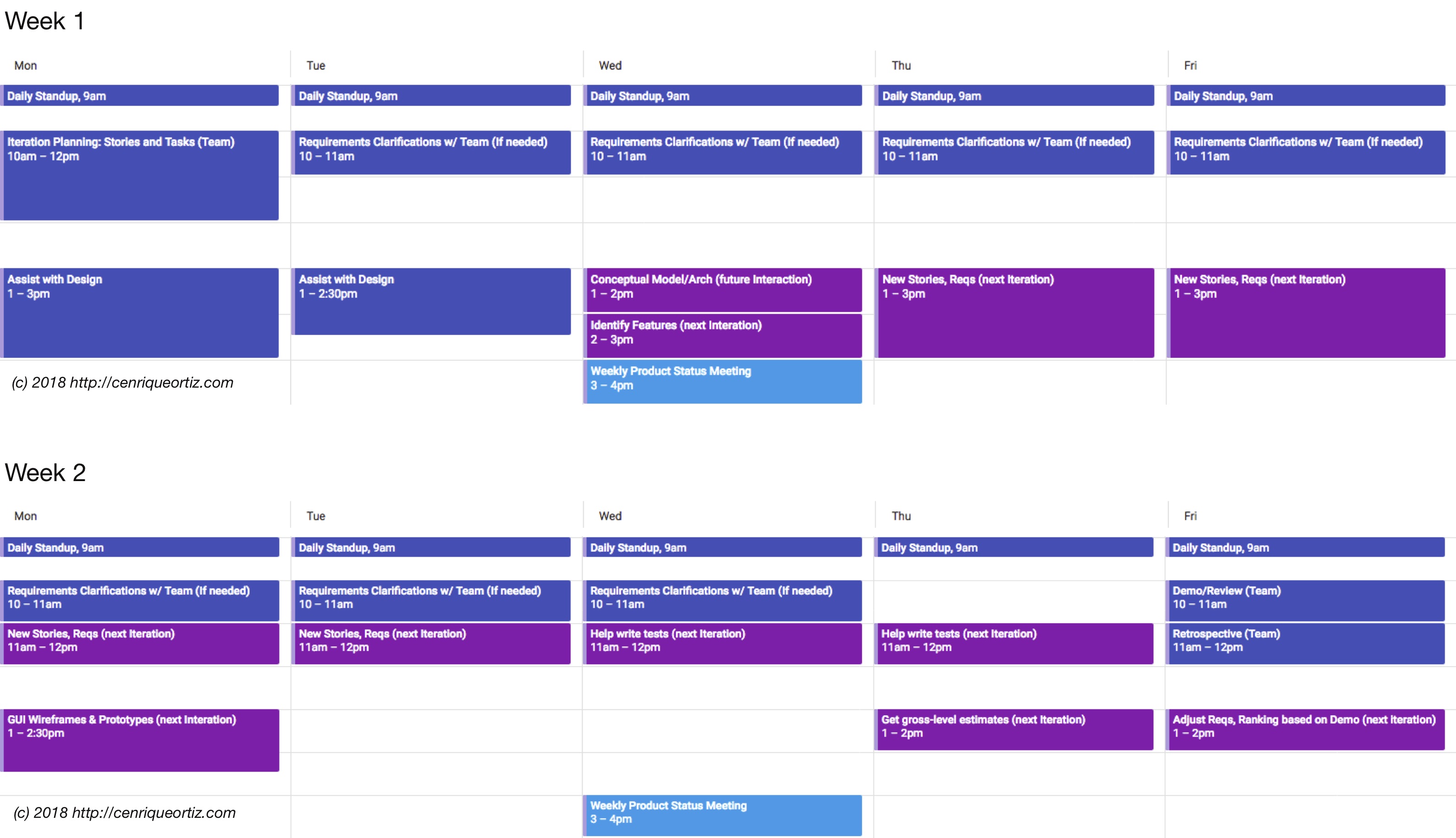
(Source: Watching Kung Fu)
Successful Product Management (PM) requires earning the trust of others, ownership and proactiveness, and great discipline.
The day-to-day of a PM goes beyond product vision and definition, and business-related activities. The main job of a product manager owner is to deliver a strong product to market, and managing the product’s complete life-cycle. Successful product managers understand the customer’s needs, have vision long-term for their product. Successful product managers become experts in their own products and market domains, including understanding their product’s economics. Successful product managers are responsive, have good velocity, are good listeners, and can build relationships, helping them get internal buy-in. Accountability is very important, and successful product managers are accountable for their product’s success, even if that means wearing multiple hats. At times, product managers also have to wear program or project management hats to ensure success. Last but not least, successful product managers use data about their products and customers in order to improve the product and customer value or impact.
The above entails working with the stakeholders and very importantly is working closely with the development engineering team on a daily basis to ensure the product development is moving forward without ambiguity or roadblocks. Product Owners are required to make themselves available to the stakeholders and the development engineering team, and to go deep technically to ensure software product success.
Successful PMs manage and are disciplined and are proactive, planning ahead and anticipating problems. Successful PMs manage time and communications appropriately and have a clear calendar that ensures and communicates the PM’s availability in a predictable way. Strong PMs can also manage programs and projects.
Below is a standard PM calendar that I’ve refined over many years that defines specific time-slots, some with the group/team while others are PM-solo time-blocks to ensure deep work and progress. It is a two-week calendar that follows a two-week sprint. The calendar emphasizes “PM availability to remove blockers” for the current sprint, and “planning ahead” for future iterations to ensure proper backlog and clear user stories. Related tasks include daily stand-ups, sprint iteration planning, assisting with design, requirement brainstorming, clarification sessions to be used as/if needed by the team, writing user stories and test cases, demos, and retrospectives, adjusting the timelines and/or roadmaps, and planning ahead. The weekly status meeting is with all the stakeholders, including the business owners, the development, to ensure multi-functional progress.
Depending on the organization, this base PM calendar is adjusted accordingly based on the team’s discipline, experience, needs and general strength. Feel free to reference and adapt to your needs.
Note: After reading See What Makes a Good Product Manager…Said the Marketer, which provides a great description of a PM from a stakeholder’s perspective, it inspired me to go back to this blog and update it to go beyond its original concepts of earning trust of others, ownership and pro-activeness, and the importance of PM making themselves available to ensure product development flow.
